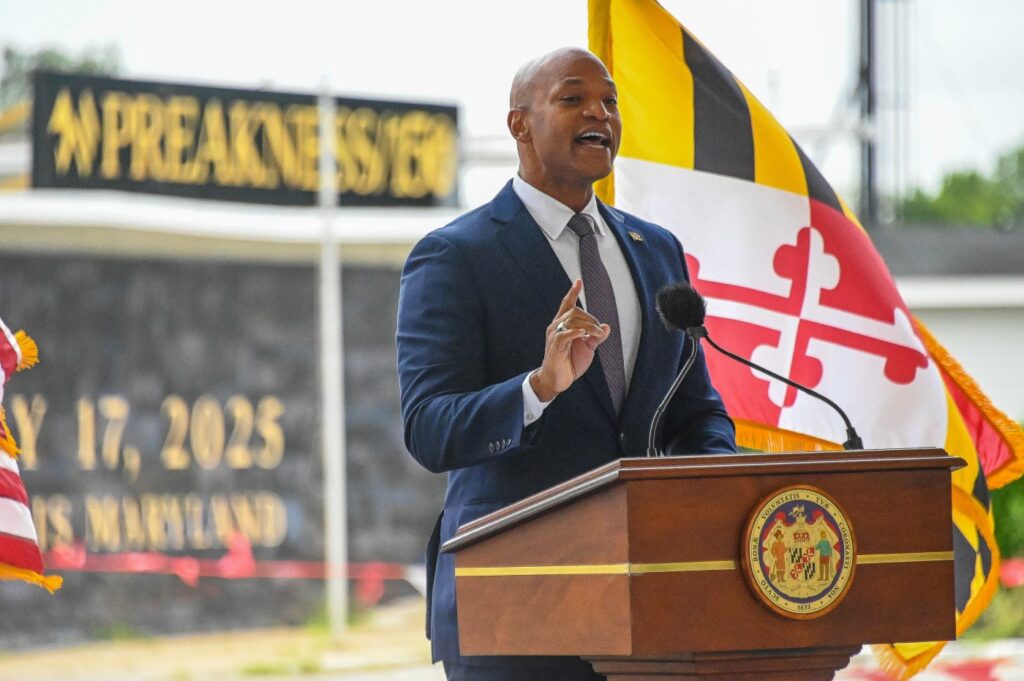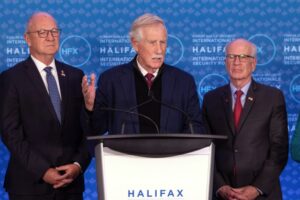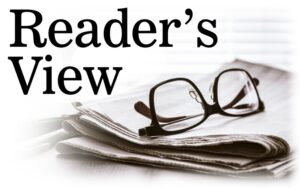
Governor Wes Moore is currently navigating a complex political landscape as speculation grows over his potential aspirations for higher office. While he has publicly denied any intention to run for president, his recent behavior has sparked discussions among political analysts and media outlets. Throughout much of August, Moore was notably absent from Maryland media but made several appearances on national news platforms, raising questions about his priorities.
His engagements included pointed exchanges with former President Donald Trump, where he labeled Trump a “chicken hawk” and urged him to “keep our names out of your mouth.” This kind of rhetoric mirrors the approach taken by California Governor Gavin Newsom, who has attracted attention for his own public clashes with Trump. While there is merit in Moore seeking a broader audience through outlets like CNN, Fox News, and MSNBC, critics argue that this strategy should not come at the expense of local Maryland reporters.
Recent polling indicates that Moore may not have the strong support he assumes. According to a survey, approximately 50% of Marylanders approve of his performance, a figure that underscores his vulnerability. Moore’s approach to governance and communication appears to prioritize national recognition over addressing immediate local concerns. For instance, he has shifted his narrative on Maryland’s budget, claiming a fiscal disaster upon taking office, despite earlier assertions of a strong financial position.
The challenges facing Maryland are significant. Rising electric rates, a new tax on digital services, and increasing unemployment due to federal layoffs contribute to a challenging economic environment. The governor’s recent hiring freeze at state agencies has raised eyebrows, especially following his earlier commitment to expand the workforce. Additionally, the long-delayed Red Line light rail project in Baltimore remains unconstructed, despite the federal government’s transit-friendly policies.
Public sentiment in Maryland reflects a general dissatisfaction with the state’s economy. A notable 67% of residents believe they are overtaxed, and crime rates, while improving in some areas, still leave Baltimore with a reputation for being one of the most dangerous cities in the country. The Blueprint for Maryland’s Future, aimed at enhancing education, is projected to create multibillion-dollar deficits by 2030, raising concerns about fiscal sustainability.
As Moore engages with national media, he frequently shifts blame to former Governor Larry Hogan or external factors for the state’s challenges. While his upbeat narratives may resonate with those unfamiliar with Maryland’s realities, residents are more interested in tangible results than optimistic assessments.
Moore’s political rise was not as inevitable as some might think. In the 2022 Democratic primary, he received around 218,000 votes out of approximately 671,000 cast, indicating that a significant number of party members supported other candidates. His victory was facilitated by running against a weak opponent in Dan Cox, a pro-Trump candidate in a state that largely opposes Trump’s policies. Had he faced a more formidable challenger, such as former Secretary of Commerce Kelly Shultz, who was endorsed by Hogan, the outcome could have been different.
The prevailing narrative in national media often overlooks these nuances, suggesting an aura of inevitability surrounding Moore’s leadership. However, the reality for many Marylanders is one of skepticism regarding his effectiveness. As he continues to elevate his national profile, there is an opportunity for Moore to foster a bipartisan coalition similar to Hogan’s. Such efforts could help restore confidence among Maryland residents regarding their state’s future.
In light of the complexities facing his administration, Moore must balance national ambitions with local accountability. Engaging in tit-for-tat exchanges with Trump may draw attention, but cultivating a genuine connection with Maryland residents and addressing their concerns could yield a more enduring legacy. As Moore approaches the third year of his governorship, the focus should shift from national recognition to tangible improvements in the lives of Marylanders.







